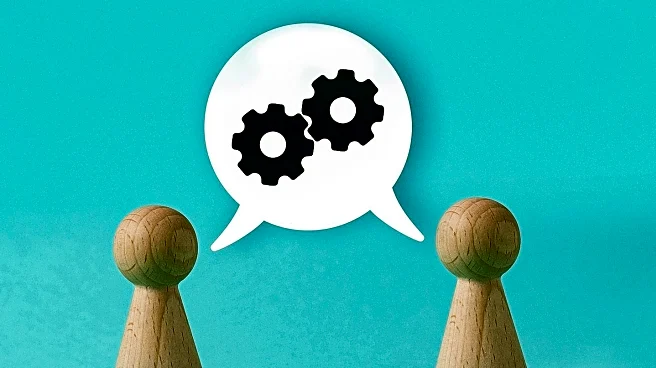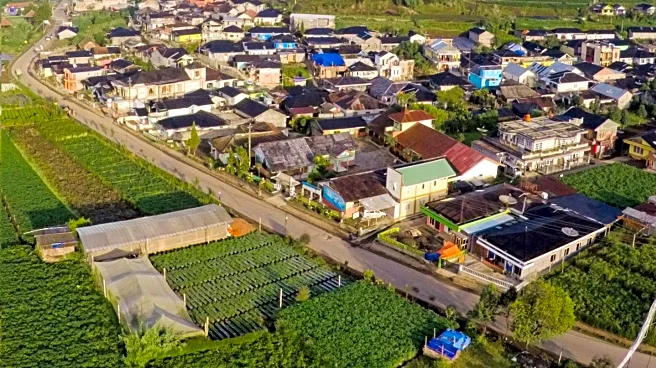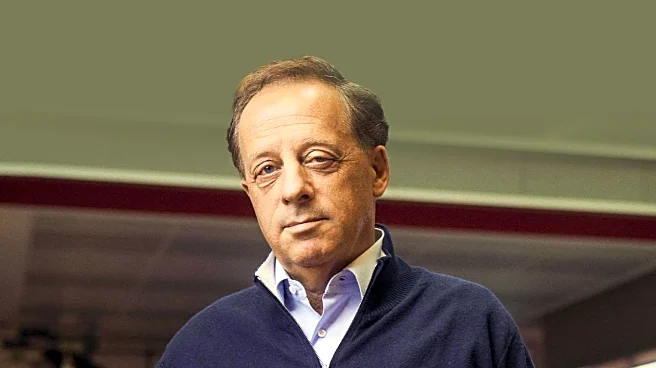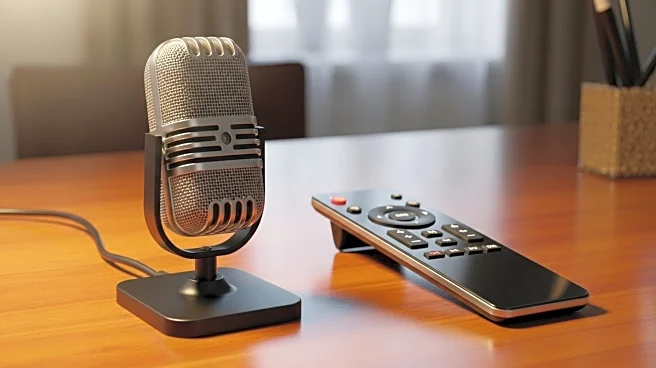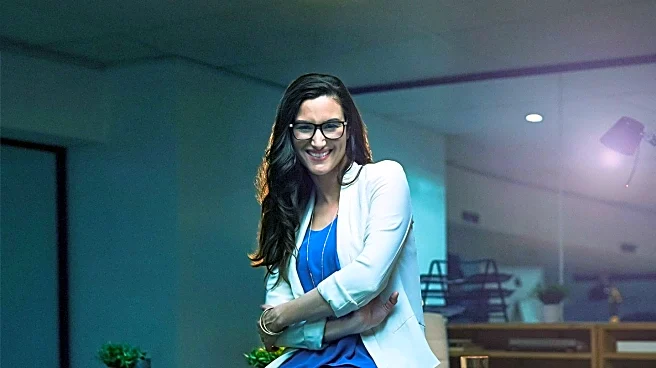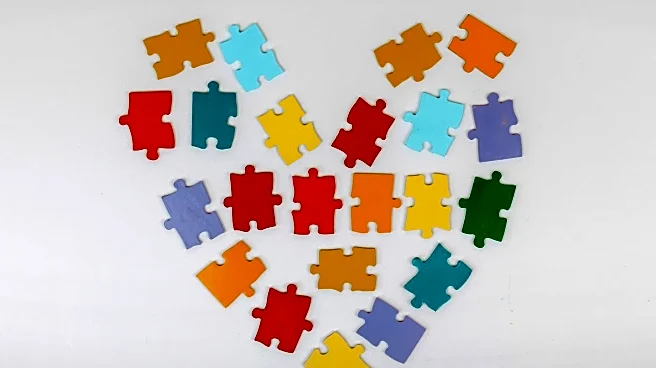What's Happening?
Tina Jeffery, who suffered a traumatic brain injury after a fall in 2018, has found a new way to communicate through British Sign Language (BSL). After the accident left her struggling to speak, Tina began learning BSL, which has helped her express herself and regain confidence. Her journey was featured in a BBC series, where she and other residents of a retirement village learned BSL, demonstrating its benefits beyond the deaf community. Tina's husband, Mark, has also embraced teaching BSL, fostering a supportive environment for learning and communication.
Why It's Important?
Tina's story highlights the transformative power of sign language for individuals with communication challenges due to brain injuries. It underscores the importance of inclusive communication methods and the potential for sign language to bridge gaps for those with speech difficulties. The initiative at the retirement village reflects broader efforts to promote deaf awareness and inclusivity, showcasing how sign language can enhance community engagement and support. This development is significant for public health and social integration, offering new avenues for communication and connection.
What's Next?
The retirement village plans to expand its deaf awareness initiatives, including training for staff and implementing deaf-friendly technologies. These efforts aim to create a more inclusive environment, potentially serving as a model for other communities. The success of the BSL program may encourage similar initiatives in other retirement villages, fostering greater awareness and adoption of sign language as a tool for communication. Tina's continued learning and teaching of BSL could inspire others facing similar challenges to explore alternative communication methods.
Beyond the Headlines
The story illustrates the broader implications of sign language as a versatile communication tool, not limited to the deaf community. It highlights the potential for sign language to improve quality of life and foster inclusivity for individuals with various communication barriers. The initiative also reflects cultural shifts towards greater acceptance and integration of diverse communication methods, promoting empathy and understanding across different communities.
